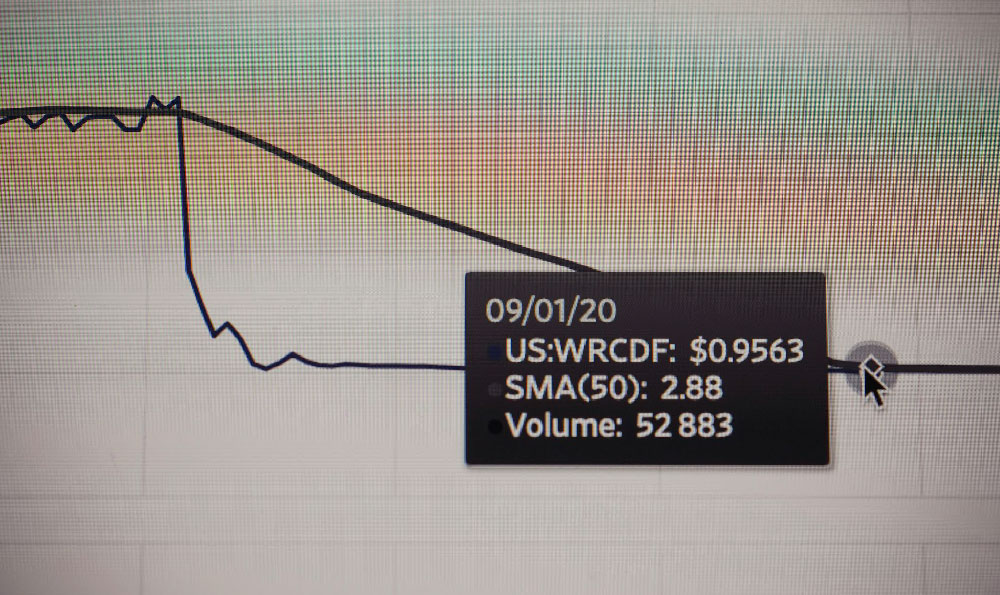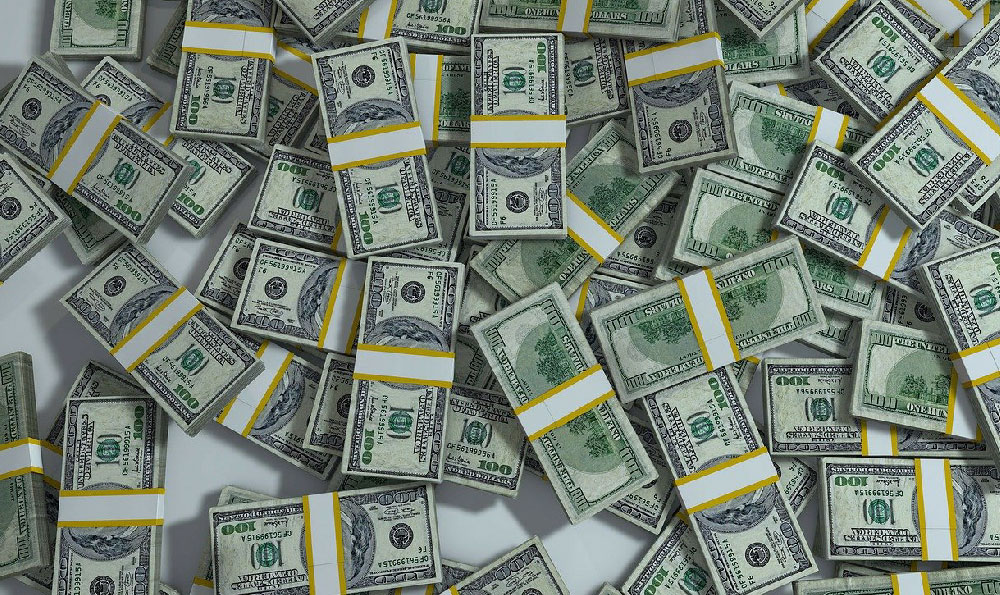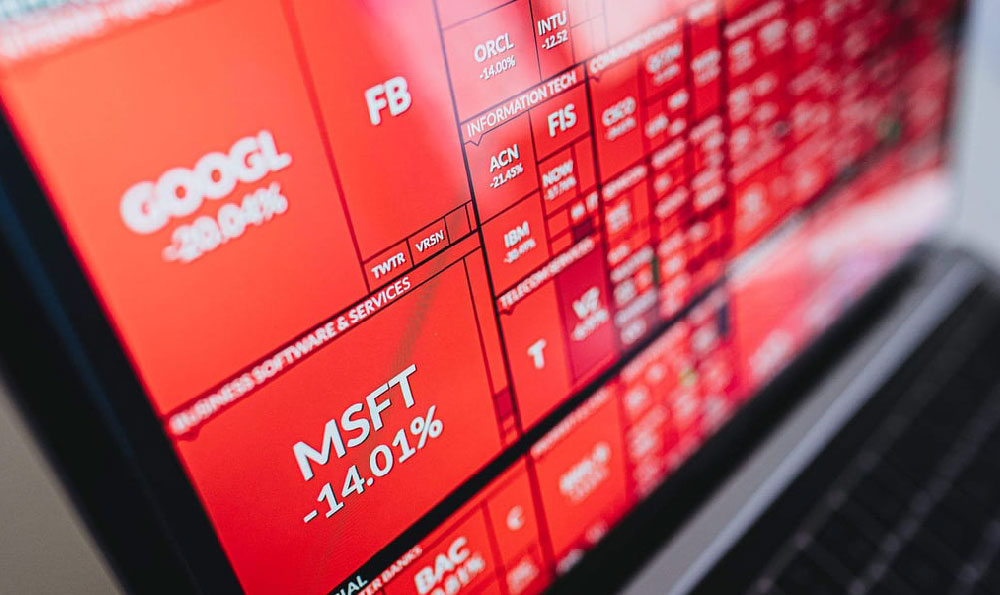Fortnite, the battle royale behemoth, has captivated players globally, becoming more than just a game; it's a cultural phenomenon. Its immense popularity naturally leads to the question: how much money does Fortnite actually rake in each day? Unraveling the answer isn't as straightforward as looking at a simple profit and loss statement. The revenue streams are diverse and the costs associated with running and constantly evolving a game of this magnitude are significant. Therefore, a closer examination of Fortnite's business model is essential to understand its daily financial performance.
Fortnite's primary revenue source is through in-game purchases, specifically cosmetic items. These include character skins, emotes, pickaxes, gliders, and wraps, all of which allow players to personalize their avatars and express themselves within the game world. Importantly, these items offer no competitive advantage; they are purely aesthetic. This makes Fortnite a "free-to-play" game, meaning players can download and enjoy the core gameplay experience without spending any money. This accessibility has been crucial to its widespread adoption. The brilliance lies in the fact that while not necessary to play, the sheer variety and desirability of these cosmetic items create a strong incentive for players to spend.
The pricing strategy for these items also plays a role. Skins, for example, typically range from 800 to 2000 V-Bucks, the in-game currency. V-Bucks are purchased with real money, with prices varying depending on the bundle size. A popular skin might cost around $10-$20 worth of V-Bucks, making them accessible enough for many players to purchase. The constant release of new and limited-time items, often tied to collaborations with popular franchises like Marvel, Star Wars, or even music artists, keeps the game fresh and generates consistent demand. The fear of missing out (FOMO) is a powerful motivator in the world of Fortnite cosmetics.

Analyzing the daily revenue derived from these in-game purchases requires considering several factors, including the number of active players, their engagement levels, and their willingness to spend. While Epic Games, the developer of Fortnite, doesn't publicly disclose daily revenue figures, estimates from various sources provide some insight. Past reports have suggested that Fortnite has generated millions of dollars in revenue per day at its peak. However, it's important to understand that these figures fluctuate considerably. Major updates, new season launches, or high-profile collaborations can lead to significant spikes in revenue, while quieter periods may see a decrease.
Beyond cosmetic items, Fortnite generates revenue through other avenues. The "Battle Pass" is a seasonal subscription that unlocks additional cosmetic items and challenges as players progress through the game. This provides a longer-term incentive for players to engage with the game and spend money. Fortnite also generates revenue from its "Save the World" mode, a cooperative tower defense game that predates the battle royale mode. While less popular, it still contributes to the overall revenue stream. Licensing and merchandise sales also add to the bottom line, though these are likely a smaller proportion compared to in-game purchases.
However, revenue is only one side of the equation. Running and maintaining a game as complex and popular as Fortnite comes with substantial costs. Development costs are significant, as Epic Games continuously invests in new content, features, and updates. Server maintenance is a major expense, as the game needs to handle millions of concurrent players globally. Marketing and advertising are also crucial for attracting new players and retaining existing ones. Epic Games invests heavily in these areas, including partnerships with streamers and content creators. Furthermore, employee salaries, office space, and other overhead costs contribute to the overall expenses.
Epic Games also uses a percentage of Fortnite's revenue to support their Epic Games Store. This storefront attempts to challenge Steam's dominance by offering developers a more favorable revenue split. While the Epic Games Store itself is a separate entity, the profits from Fortnite directly support its growth and development. This underlines the strategic importance of Fortnite as a cash cow for the company's broader ambitions.
In considering the profitability of Fortnite on a daily basis, it is vital to acknowledge that the game's popularity has inevitably experienced some ebb and flow. While it may not be reaching the record-breaking daily revenue numbers of its early years, it remains a highly profitable game. The sustained popularity, the constant stream of updates and collaborations, and the effective monetization strategy all contribute to its continued success.
Ultimately, providing an exact daily profit figure for Fortnite is impossible without access to Epic Games' internal financial data. However, based on available information and industry analysis, it's reasonable to conclude that Fortnite continues to generate significant revenue daily, far exceeding its operational costs. The game's innovative free-to-play model, combined with its constant evolution and strategic partnerships, ensures its place as a leader in the gaming industry and a substantial profit driver for Epic Games. The daily profits might fluctuate but the overall trend confirms that Fortnite continues to be a money making machine.












